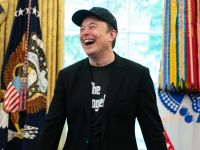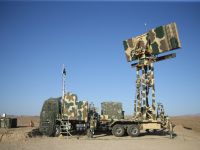A Saudi plan to create an industrial city in the desert, an idea borrowed from China, is now wooing Chinese investors to set up plants there.
Chinese companies should make up at least 20 percent of those investing in King Abdullah Economic City, Fahd al-Rasheed, chief executive officer of Emaar Economic City, said in an interview at the World Economic Forum in Tianjin. So far, two of the 80 companies that have agreed to invest in the Red Sea area are from China, he said.
“We need to leverage the Chinese expertise in building the city,” Rasheed said in the interview. “They can own hotels, they can own properties, we really welcome Chinese investment.”
Saudi Arabia is building four economic cities to attract foreign investment and create jobs. KAEC, as the project is known, will include a port and business district as well as residential areas and resorts. It will be built over 168 square kilometers, about the size of Washington D.C., according to the project’s website.
Rasheed said several Chinese firms have shown interest and will conduct due diligence checks in coming months. He declined to name the companies.
Emaar Economic City is a unit of Dubai-based Emaar Properties PJSC, which runs the project.
About 80 companies, such as drugmakers Pfizer Inc. and Sanofi and French energy producer Total SA, have already leased land to build plants, and “every week I am signing a new company,” Rasheed said.
“We looked at the Chinese model of Shenzhen as an example that you can create a major industrial base in a special economic zone,” he said.
The difference is that Saudi Arabia is doing it privately, not via the government, he said, referring to the listing of the project on the nation’s stock exchange.
The company aims to boost KAEC’s population to 50,000 people by 2020 from the current 3,000 to 4,000. Rasheed said he is trying to learn from the mistakes of unsuccessful plans to create cities in other parts of the world, including China.
“Next time we meet, I hope I can say that we have 200 companies, and 40 are Chinese,” he said.








